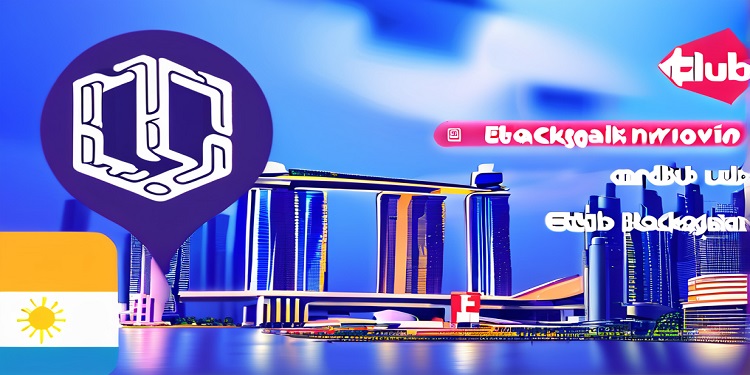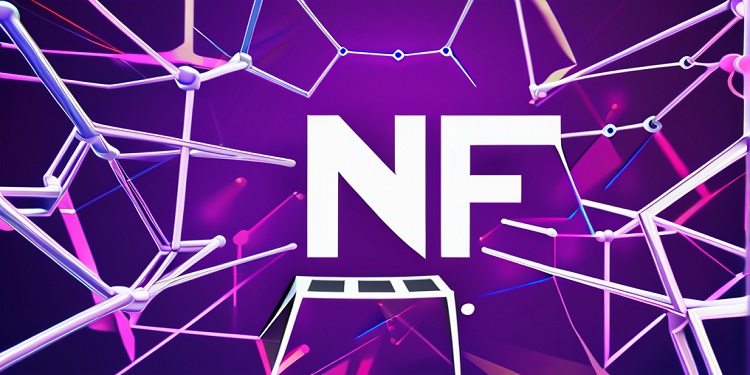 According to Ethereum founder Vitalik Buterin, there’s no way the second-biggest blockchain can become any quicker than it is currently. According to him and several Ethereum 2.0 engineers, Ethereum 2.0 will be relatively quite scalable than the existing blockchain, which is suffering on its own performance for many years. Is Ethereum 2.0 running at the same pace as its predecessor?
According to Ethereum founder Vitalik Buterin, there’s no way the second-biggest blockchain can become any quicker than it is currently. According to him and several Ethereum 2.0 engineers, Ethereum 2.0 will be relatively quite scalable than the existing blockchain, which is suffering on its own performance for many years. Is Ethereum 2.0 running at the same pace as its predecessor?
Transactions per second (TPS) is a common metric for measuring throughput in the remittance sector. TPS, on the other hand, is referred to as “scalability” in blockchain. When we talk about “speed,” we’re really talking about “block time.”
Buterin was talking to how quickly fresh blocks of transactions are uploaded to the Ethereum blockchain when he discussed “the restrictions on improving block time quicker” on Reddit, which he later tweeted about. And this is more of a security issue than a scalability one.
Right now, the block time for Ethereum is 13 seconds. Solana, which is touted as the “Ethereum killer”, claims a block time of 400 milliseconds, which means that a fresh block is created every 0.4 seconds, which is considerably better than Bitcoin’s 10 minutes. It is also capable of processing 50,000 TPS.
But Ethereum 2.0, based on eco-friendly and much more scalable proof-of-stake (PoS) consensus process (as compared with Bitcoin-style proof-of-work mining), will be able to achieve 100,000 TPS via this current initiative. Latency and eventual validation of a trade, which is primarily about security, are directly impacted by block speed, which is critical to payments.
Even though blockchain transactions are said to be impervious to data changes after they have been recorded, they are susceptible for a brief period of time after being included in a block. Details may be found on the following link.
Buterin developed the term “trilemma” to express an issue with public blockchains’ three key features: decentralization, security, and scalability. As the phrase trilemma’s conundrum implies, there is a generally held belief that in order to bolster the other two, one of these three must be sacrificed.
Increasing the number of nodes, each of which has a complete record of every transaction on the blockchain, is one strategy to further decentralize the system. However, this also means that more individuals are competing for the opportunity to verify trades and include them in the blockchain in return for freshly generated tokens and processing fees as compensation.
Invest more time and attentiont verifying trades to transform a blockchain safe. When a fresh block is added, they must all concur that it is correct; any nodes that contradict are split into two different blockchains. There’s a waiting period associated with it as well.
It is possible to increase the number of trades on the blockchain by raising the block size or by accelerating the block time. Having a large number of nodes increases the decentralization and security of your blockchain, but slows down scalability since it takes longer for all nodes to come to an agreement.
“Akin to this, boosting decentralization and scalability implies sacrificing security since more verification must be done faster and the quality of the system suffers. Reduce the number of nodes so that the blockchain is more centralized, so that fewer individuals can achieve consensus quicker sans shortchanging the verification process. This will make the blockchain more safe and scalable.”
It is possible to scale proof-of-work blockchains such as Bitcoin but not proof-of-stake blockchains, which are far less secure yet can be scaled. Ethereum 2.0, according to Buterin, would compromise excessive security by including fresh blocks more fast than Ethereum now does.
In order to provide blocks with a high degree of confirmation [indicating agreement on validity], Ethereum 2.0’s proof-of-stake consensus protocol needs thousands of signatures. As a result, there is a delay and it takes a lot of time.
Ethereum 2.0’s solution to the trilemma is to create additional sidechains that operate alongside the main blockchain, thereby distributing the burden of the network. By increasing the quantum of transactions it can handle, rather than decreasing the count of nodes, the verification security procedure may be sped up substantially.








